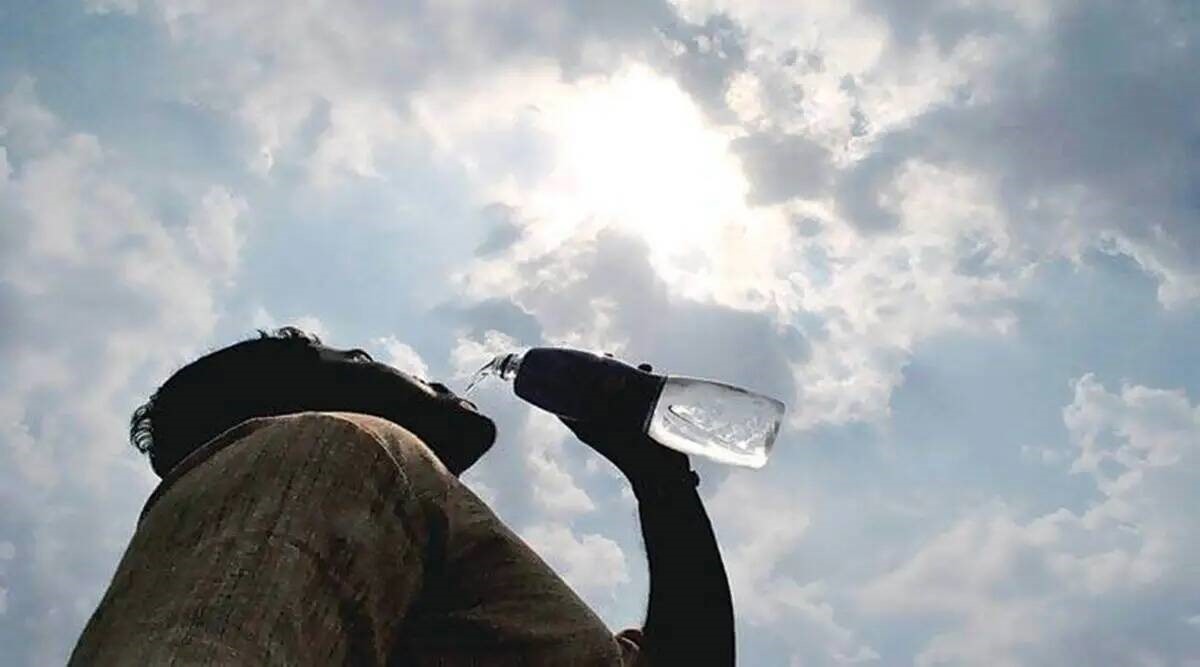




Disclaimer: Copyright infringement not intended.
A pioneering Finnish initiative the Forest CUMP Project led by VTT Technical Research Centre of Finland and LUT University has demonstrated a method to convert biogenic CO₂ emissions from the forest industry into building blocks for renewable plastics.
This offers a sustainable alternative to fossil based plastic production.
Carbon Capture and Utilisation
Use of biogenic CO₂ from flue gases of the forest and waste incineration industries.
Coupled with green hydrogen to produce renewable plastic feedstocks.
Compatibility with Existing Infrastructure
Focus on integrating new technology into existing petrochemical plants.
Avoiding high retrofitting costs through innovative solutions.
Low Temperature Fischer Tropsch Process
Identified as a technically and economically viable method.
Produces Fischer Tropsch naphtha, a light hydrocarbon that can be used to derive Ethylene and Propylene. These are key building blocks for producing polypropylene and polyethylene.
Large reserves of biogenic CO₂ mainly from its sustainable forest industry.
Availability of renewable biomass from wood processing.
Strong potential for green hydrogen generation using water electrolysis.
Well developed energy sector facilitates large scale renewable plastic production.
|
Factor |
Finland (Forest CUMP) |
India (Potential) |
|
Biomass Source |
Forest industry (wood-based CO₂) |
Sugarcane, rice husk, bagasse, etc. |
|
Green Hydrogen |
Advanced infrastructure |
Still developing under National Hydrogen Mission |
|
Industrial Readiness |
Integration with petrochemical plants |
Public-private collaboration needed |
|
R&D Ecosystem |
Strong academia-industry linkage |
Needs improvement and investment |
|
Carbon Capture Readiness |
High (Pilot-level) |
Emerging technology, under pilot phase |
Renewable plastics commonly referred to as bioplastics are plastics made from renewable biomass sources such as plants, algae or microorganisms. They offer an eco friendly alternative to conventional, fossil fuel based plastics.
Bioplastics are categorized based on two criteria: source and biodegradability.
Bio-based, Non-Biodegradable Plastics
Derived from renewable resources.
Chemically identical to petroleum-based plastics.
Examples: Bio-Polyethylene (Bio-PE), Bio-Polypropylene (Bio-PP), Bio-PET.
Applications: Bottles, packaging materials.
Bio-based, Biodegradable Plastics
Derived from renewable sources and are biodegradable.
Examples:
Polylactic Acid made from corn starch or sugarcane. Made by fermenting plant sugars into lactic acid, then polymerized.
Polyhydroxyalkanoates synthesized by microbes. Produced by bacteria that store polymers intracellularly during fermentation.
Applications: Compostable packaging, agriculture films, medical devices.
Fossil-based, Biodegradable Plastics
Derived from fossil fuels but designed to be biodegradable.
Example: Polybutylene Adipate Terephthalate.
Often blended with PLA to improve flexibility and performance.
Positive Impacts
Bioplastics can absorb CO₂ during biomass growth balancing emissions.
Some types decompose naturally under industrial composting conditions.
Reduces dependence on non renewable petroleum.
Challenges
Bioplastics often cost more than conventional plastics.
May lack durability or heat resistance.
Most are biodegradable only in industrial facilities.
Growing crops for plastic may compete with food security.
Global Initiatives
EU's Green Deal promotes bioplastics.
Many countries are enforcing single use plastic bans and encouraging sustainable alternatives.
India’s Scenario
Plastic Waste Management Rules (amended) mandate labeling and standards for compostable plastics.
Need for a National Bioplastics Policy that includes:
Fiscal incentives for R&D.
Infrastructure development for composting and recycling.
Public awareness and capacity building.
Sources:
|
PRACTICE QUESTION Q. Discuss the potential of Carbon Capture and Utilisation technologies in transforming industrial sustainability. How can India leverage similar approaches to achieve its climate and circular economy goals? (250 words) |











© 2025 iasgyan. All right reserved